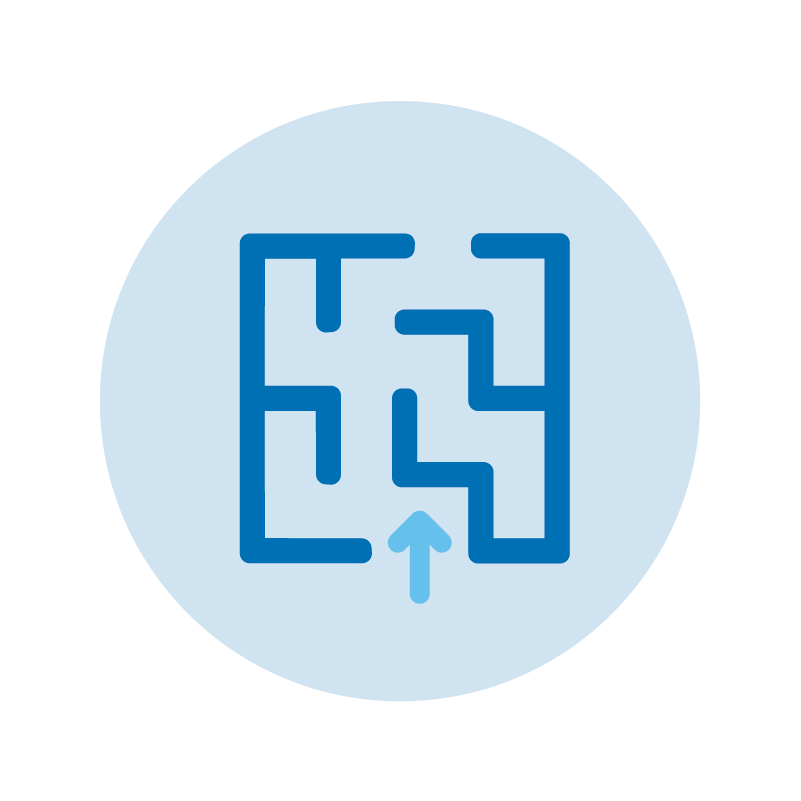Photo: Istock
Getting closer to the customer

STRATEGY

Andy Jameson
Chair, Basis (a global agency delivering strategic insight for ambitious brands)
Back in the day, and we’re probably talking no more than 15 years, life was so much simpler for brands. Most goods were bought in shops, you were advised by a (hopefully friendly) sales assistant who would help you select something from a relatively narrow range of choices and the item was taken home to be enjoyed.
Fast-forward to today, and we’re now in a landscape of omni-channel retail, chatbots, click and collect, peer-to-peer reviews, hyper-personalisation, social media influencers, programmatic advertising, an explosion of choice and an often gnawing sense that the brand owners’ behaviour and motives might be at odds with our desired public face as consumers.
Meaningful customer dialogue
Brand owners are facing real challenges in establishing meaningful dialogues with their customers in an age where, on the supply side, product differentiation can be slight, and where the purchase journey is becoming increasingly frictionless. Customers are as likely to be influenced by a friend or a random online post from Darlington, as the brand guardian.
On the demand side, we’re seeing the consumer increasingly questioning the core fundamentals of consumerism – Do I really need this? Will this make me happier? – and becoming ever more engaged with ethical and environmental concerns, where mainstream brands often have real questions to answer.
Beyond loyalty schemes
Transactional loyalty used to be the answer, retailer loyalty schemes enjoyed huge success as the consumer was seduced by discounts or the promise of a cheap night out. But we’re now seeing that the customer is increasingly looking to brands which can genuinely connect at a deeper level than offering a couple of quid off the sticker price.
In market-research-land we’re seeing real demand for ‘customer closeness’ programmes which can help plug this empathy gap – and it can be quite yawning. A marketing director from Guildford earning £100,000-plus can (perhaps) understandably be quite divorced from the life of someone on universal credit from South Shields. So how do we help to bring the customer to the corporate?
“We’re seeing the consumer increasingly questioning the core fundamentals of consumerism – Do I really need this? Will this make me happier?”
What would 'Donna' think?
Often, it is as simple as connecting the client with real-life punters in a setting that feels less formal and distant than the typical focus group held in a viewing facility. We frequently run full-day workshops with maybe eight clients and 16 customers where the two sides have a real opportunity to get to know each other. We might reconvene the session several times over a year, so the two sides develop a deeper and more trusting relationship and can begin to see the fruits of their mutual understanding. Ethnographic approaches are also incredibly valuable – a client might spend a day with several different families and the nuggets gained from these interactions can be super-influential within the boardroom – so do we think that ‘Donna’ would approve of this?
Goggle Box lessons
Of course, it is difficult to manage this sort of face-to-face interaction at scale (especially at this time) and here we’re increasingly using technology to bring the customer closer. Mobile ethnographic apps are now commonplace and, (with appropriate data permission) we can allow our clients to access the feed such that they can witness, at first hand, their customer’s terrible experience in the mobile phone shop or the point of indecision when confronted with what to choose for dinner.
At a more advanced level, we’ve built virtual reality living rooms and kitchens where clients can rove around and pick up objects, open cupboards and access video clips which help bring the scene to life. We’ve also set up Goggle Box communities where different families give raw unfiltered commentary on particular issues every month. Similarly, customer podcasts can be an ideal vehicle to bring the customer to hundreds of decision makers within a client organisation.
The market research industry is popularly characterised by the woman with a clipboard in a suburban shopping centre, an unwelcome call or a flurry of customer service emails. But, beyond mainstream data collection, there’s some pretty cool stuff going on which is helping brands navigate an incredibly complex and evolving customer landscape.


